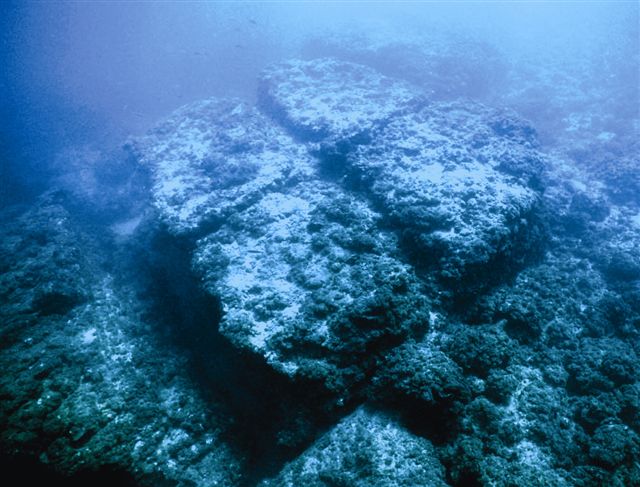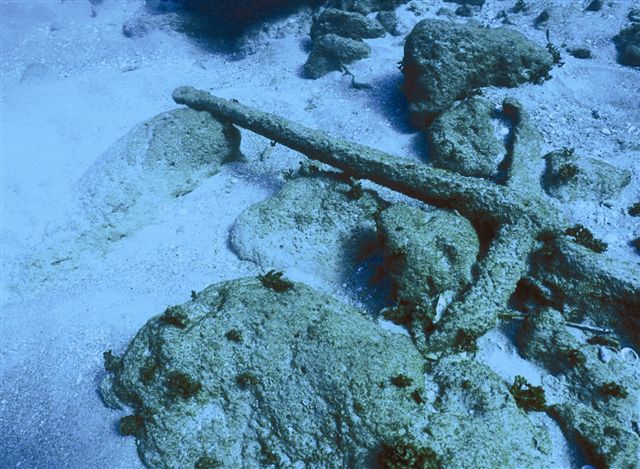Archaeological research and the underwater tracks
Herod’s plan in building Sebastos, the harbour of Caesarea Maritima, was to create in his kingdom a major port for the transit trade of luxury goods from the Indian Ocean to the Mediterranean Sea. The demand for these goods (spices, including preservatives, drugs and cosmetics, fine textiles, precious stones) had increased considerably since his benefactor Augustus Caesar came to power in Rome. Within twelve years (22-10 BC), Herod built the port and the city, which became shortly after the economic and political capital of the country. History brought many changes, but while the site of the city was always known, the port slipped into complete oblivion.
It was only in 1960 that the harbour was rediscovered. The main underwater research started in 1975 by the Center of Maritime Studies at Haifa University, under Prof. Avner Raban, and continued successively until his untimely death in 2004. Prof. Raban initiated the project of the underwater park in 1992, and 13 years later it was revived. This leaflet is based on his many publications and dedicated to his memory. Four tracks marked underwater lead to 28 signs, pointing to sites of interest, which embody the wonders of Roman marine engineering and tell the story of two millennia of the harbour’s existence. Caesarea is the oldest known harbour to be built according to Vitruvius’ specifications, thus being the first large scale artificial harbour in history, the biggest and most modern harbour in the whole Roman Empire at the time.
The underwater visit of the Herodian harbour of Caesarea offers a unique experience, unparalleled elsewhere, in getting acquainted with the wonders of the art of harbour building in the ancient world.
Written by Sarah Arenson
The port and its components
The enclosed anchorage area was about 20 hectars. It consisted of three basins. The inner one was dug inland and today is completely silted up. This basin is marked in the water by a round tower, which may have been a part of the Hellenistic fortifications of Straton’s Tower, the town preceding Caesarea. It is […]
Building methods and unique characteristics
Herod’s marine engineers have surprised even their modern counterparts in the ingenuous solutions to the perennial problems of the profession. One of these problems is the seasonal damage caused by waves to the main mole and quays during winter storms. In Caesarea, this problem was solved by building a subsidiary breakwater, called Prokumatia by Josephus. […]
The decay of the harbour and later developments
The harbour started sinking right after completion. There are different views of the possible causes of this process: a geological fault line, which passes some 150m west of the present shoreline, earthquakes along its history, maybe even tsunami waves, the unstable sandy bottom, as well as the sheer weight of the huge structures. Today subsidence […]
The anchors
On track B the diver will encounter a group of six anchors (13), collected here by the excavators to represent the development of the anchor from ancient to modern times. The anchors were placed on the seafloor in the same way as they were originally designed to function. I. A stone weight anchor – a […]










